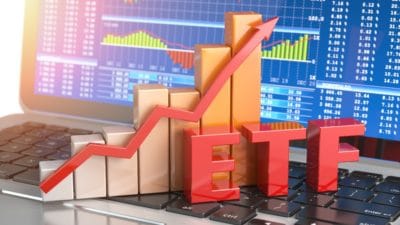The Canada Revenue Agency’s (CRA) announcements late last year include two significant changes in 2021. Canada Pension Plan (CPP) users and Canadian investors are the beneficiaries of increased CPP contribution rates and the new Tax-Free Savings Account (TFSA) annual contribution limit.
Higher CPP contribution
Phase one of the CPP enhancements enters its third year, and would-be pensioners will again contribute more in 2021. The employee and employer contribution rate will increase from 5.25% in 2020 to 5.45% this year. It also means that self-employed contribution rates will rise from 10.5% to 10.90%.
The third increase in contribution rates in as many years will likewise bump up the yearly maximum pensionable earnings (YMPE) from $58,700 to $61,600. The CRA uses a legislated formula to come up with the new YMPE. You can’t make additional contributions if your income in 2021 exceeds the YMPE ceiling.
In absolute amounts, an individual employee will contribute $268.45 more in 2021. Income will reduce by $3,166.45 each instead of $2,898. Self-employed individuals must contribute $6,332.90, not $5,796. The basic exemption amount is unchanged at $3,500.
More contribution room
The TFSA contribution limit announcement every November is welcome news to CPP users and investors. In 2021, the additional contribution is $6,000 — the same as in 2019 and 2020. The cumulative contribution room from 2009 will likewise increase to $75,500 from $69,500 last year.
As customary, the CRA indexes the annual TFSA contribution to inflation and rounds it off to the nearest $500. A TFSA user’s unused contribution room in 2020 carries over to 2021. For tax-conscious Canadians, a new TFSA contribution limit is a pivotal tax change.
Every January is an opportunity to grow wealth the tax-free way. All earnings, gains, or dividends are tax exempt. Besides the tax savings you can derive to offset tax payables, your TFSA is a hedge against rising living expenses. CPP pensioners can also avoid the Old Age Security (OAS) clawback by maximizing the TFSA.
If you haven’t used a TFSA since its inception in 2009, consider opening an account this year. You can build a small fortune from the ground up using your $75,500 available contribution room.
Must-own asset for CPP and TFSA users
Now is a good time to invest in Toronto-Dominion Bank (TSX:TD)(NYSE:TD). The prominent banking giant offers an attractive 4.39% dividend. In your TFSA, the income stock will generate $263.40 in tax-free income. Assuming your available contribution room is $75,500, the $3,314.45 earnings are 100% tax-free. You can withdraw the amount at any time and not pay taxes to the CRA.
The headwinds in Canada’s banking sector are massive. Aside from the low-interest-rate environment, banks had to increase loan-loss provisions at the expense of earnings. However, TD is a formidable and resilient institution. This $130.58 billion company has been through the worst recessions and stock market crashes in history.
Last year was no exemption. Still, TD rose to the occasion again after falling to as low as $47.39 on March 23, 2020. The stock finished the year at $71.92, or a total return of 4% in 2020. Despite the over 20% drop in earnings in fiscal 2020 compared to a year before, TD’s reputation as a reliable income provider remains intact.
In conclusion, the twin changes in 2021 should matter to Canadians. You can look forward to a higher pension and more tax savings.







